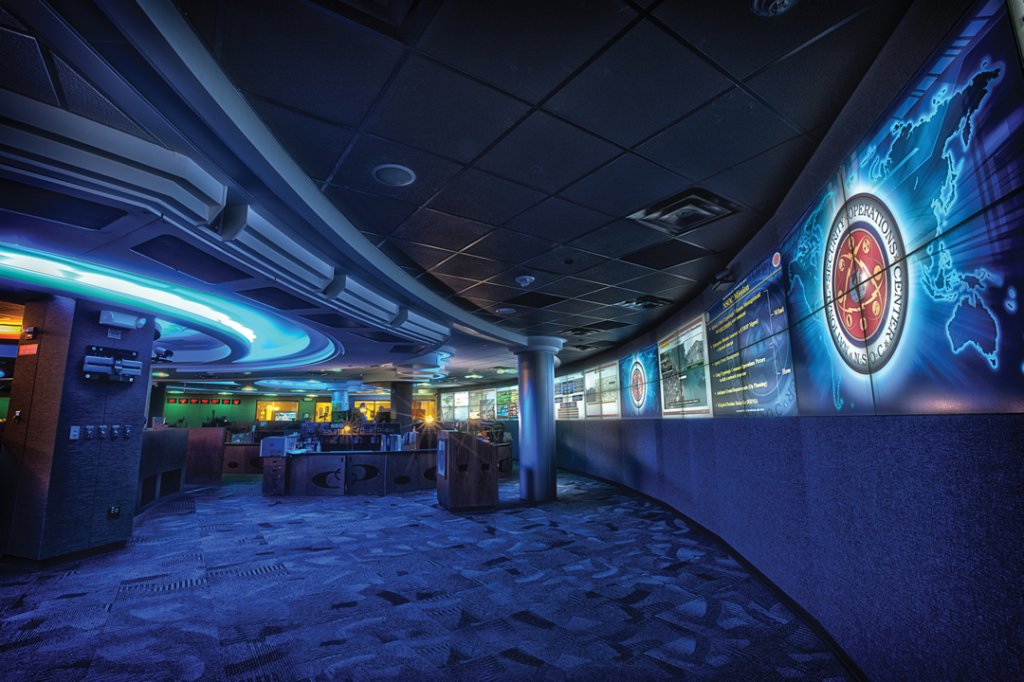

The fate of Section 702 is the latest fight between the Biden Administration and the new Republican House of Representatives. It’s a surveillance program aimed at foreign nationals outside the United States to collect information on potential attacks against the United States and its allies, targeting everything from terrorism to counterintelligence.
First launched in 2008, the domestic surveillance program is scheduled to sunset on Dec. 31, 2023. The Attorney General and Office of Director of National Intelligence (ODNI) argue that the program is necessary for national security, while some lawmakers believe it could be used to sweep the communications of everyday Americans.
Those unfamiliar with Section 702 aren’t alone. Even as the two offices negotiated to pen a letter to Congress urging for the reauthorization of the program, not much has been said about it. Supporters argue that Section 702 has been used to thwart conventional and cyber attacks from Iran, Russia and North Korea, disrupted foreign spy networks, and was used to target and kill al Qaeda leader Ayman Al-Zawahiri.
Critics of Section 702 are wary of the Justice Department because they believe the department and the FBI have been politically motivated in the past few years, unlawfully targeting former President Donald Trump and his political allies. They don’t want the program continued in its current form.
Section 702 is part of the FISA Amendments Act of 2008, allowing the government to monitor the communications of foreigners inside and outside the United States and use that information to counter foreign spies, terrorists, nuclear proliferators, and prevent cybercrime. Provisions of the act only allow the targeting of non-Americans abroad. The act specifically forbids the targeting of Americans and of anyone inside the United States.

Congress created Section 702 as an amendment to the Foreign Intelligence Surveillance Act of 1978 because technology had evolved to the point where foreign agents could circumvent surveillance with new tech. Before the 2008 amendments, law enforcement had to get court orders to obtain electronic communications based on probable cause. Time constraints and the failure to meet the probable cause standards proved costly.
The Attorney General and Director of National Intelligence can submit certifications and targeting on foreign nationals to be monitored for one year to the Foreign Intelligence Surveillance Court (FISC). After a review, the FISC approves or denies it in a written ruling. Once approved, Section 702 compels American electronic communications providers to aid in the collection of the information.
Section 702 was critical in the capture of Hajji Iman, a former high school teacher turned terrorist member of ISIS, eventually rising to second-in-command. After a two-year search, Section 702 and the National Security Agency monitored intelligence activity leading to the location of Iman, who was then hunted down and killed by American forces. Information collected by Section 702 was also used to prevent IED and suicide bomber attacks against U.S. forces in Afghanistan.
If communication from an American is found among legally monitored information from Section 702, a procedure called “minimization” is used to safeguard the use of the section against Americans. This program includes select individuals trained in the procedure, time limits to delete the information, and they cannot share information with any other agency. The Justice Department and FBI cannot prosecute the person using that information unless it relates to national security.
The program also has five levels of oversight from all three branches of the government, including federal agencies, the U.S. Congress, and the Foreign Intelligence Surveillance Court. Renewal of Section 702’s mandate will continue in the House Judiciary Committee in 2023.
